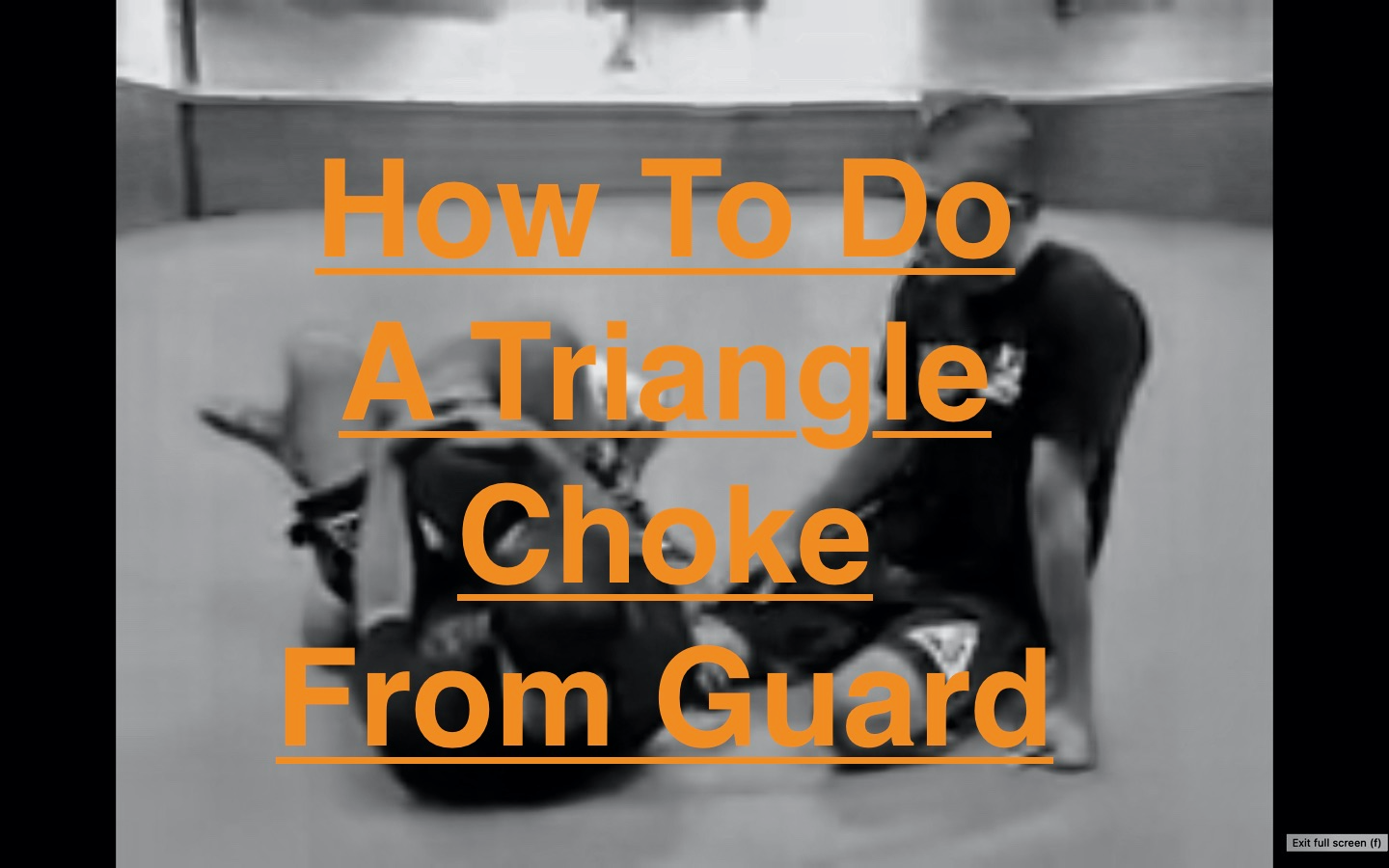
The guillotine is one of the best chokes in BJJ. The simple and quick, the guillotine choke is also versatile; it can be applied in gi BJJ or no-gi BJJ, MMA, street fights, and really anytime you need to submit someone with a choke.
The standing guillotine is a great Brazilian Jiu Jitsu move because it is an attack that you can use at the beginning if your opponent is a better wrestler than you and you can’t take them down. The standing guillotine can end a BJJ match as soon as it starts and what’s even better is that it doesn’t sacrifice position for the submission (like a flying triangle would).
In this video, Stasis Jiu Jitsu breaks down the standing guillotine with common mistakes, tips, and a painful variation at the end.
Start: Standing
Step 1: Get collar tie by grabbing the back of opponent’s neck where their head meets the neck, locking elbow in tight
Step 2: Pull opponent’s head down and toward your armpit, giving up collar tie
Step 3: Hook armpit over opponent’s head
Step 4: Slide hand all the way through past opponent’s chin with your palm towards opponent’s chin
Step 5: Grip the back of your choking hand with your free hand, collapse your elbows in toward the choke, and block opponent’s escape with your chin on their back.
Step 6: Step in and pull hands up towards neck
Finish: Submission via guillotine choke









